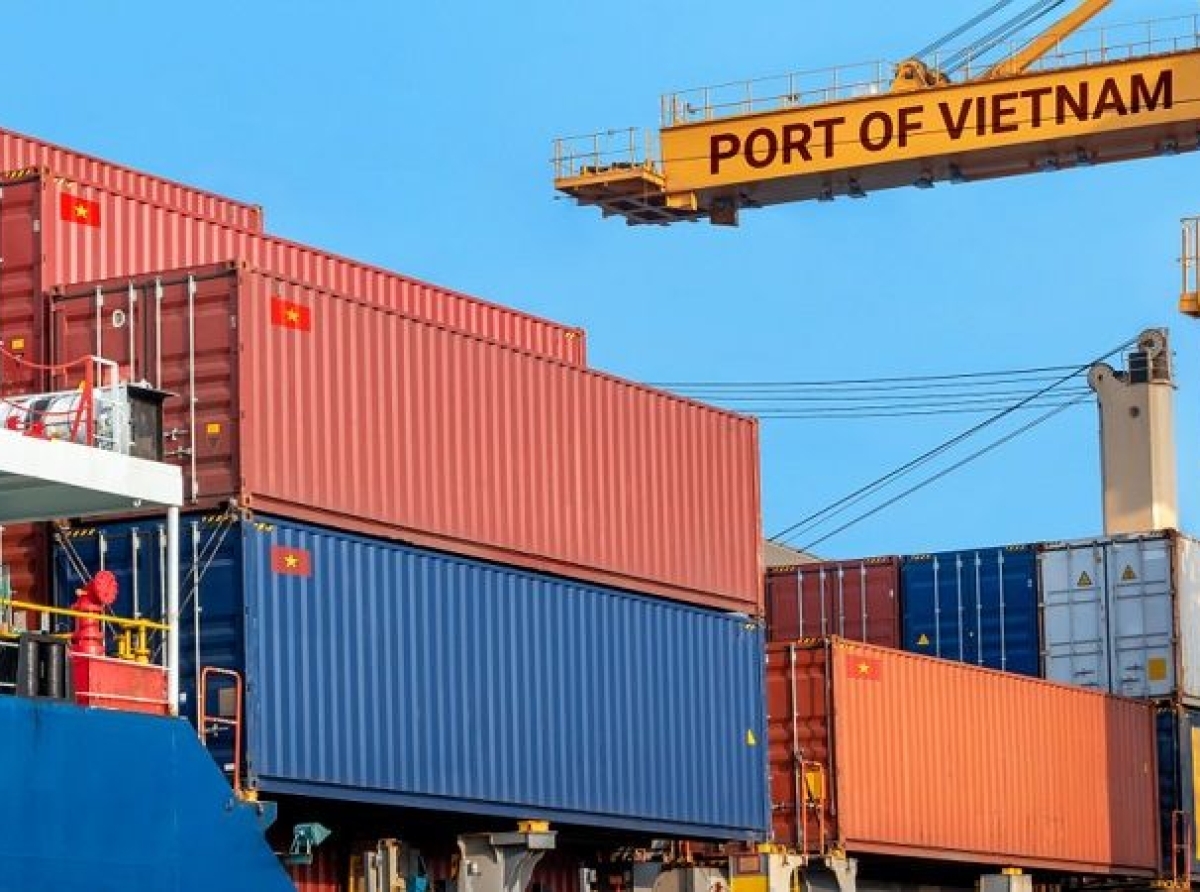23 May 2022, Mumbai:
Vietnam's apparel manufacturing journey dates back 20 years back. It was a very modest start as its apparel production wasn’t a significant contributor to the world supply up until the year 2005. Whilst they are currently respectfully catering to 5.7% of the world's requirements.
Vietnam's outstanding foreign trade performance in the first quarter of this year has sparked speculation about whether the Southeast Asian country has been stealing overseas orders from China as a result of sporadic outbreaks of the novel coronavirus on the Chinese mainland, which have hampered economic activity.
VIETNAM'S SECRET SAUCE OF MAINTAINING COMPETITIVENESS
One of the fastest-growing garment and textile markets in South East Asia, Vietnam is facing increasing competition from Asia and other markets.
In the fourth quarter of FY21, Vietnam was able to meet its target of $39 billion in textile and garment exports, a growth of 11.2 percent compared to 2020. However, this does not indicate growth in market share, says Le Tien Troung, Chairman, Vietnam National Textile and Garment Group.
Vietnam has progressed after entering the World Trade Organization in 2006, much like China did after joining in 2001, but at a slower rate. Some offshore orders for Chinese businesses, particularly in the textiles and clothing sectors, have increasingly transferred to Vietnam since the US initiated its trade war against China in 2018.
However, the worldwide division of labor has four stages, and while China seeks to secure its position at the top end of the global industrial chains and rise higher up, Vietnam is pushing its way into the low end.
In several industries, Vietnam and China have a competitive and complementary partnership.
Sector's Reality Check
Vietnam's apparel orders, for example, are dependent on textiles imported from China. Vietnam also imports vehicles and motorcycles from China and sells fruits to the country.
China has recently been moving its industrial chains to its central and western areas, and the emergence of Vietnam undoubtedly poses a threat. Mobile phone and laptop manufacturing plants in Chinese cities like Xi'an, Shaanxi province, Chengdu, Sichuan province, and Chongqing, for example, are shifting to Vietnam and India.
Electronics, solar energy, engineering machinery (Hunan province), and steel (Hunan province) are relatively established sectors in these Chinese cities and areas. If data is any indication, China's dominance in garment and textile exports is decreasing.
The trend of customers fleeing China began in 2016-2017, when rising manufacturing costs pushed up garment prices, leaving purchasers with little choice but to look for alternate places.
Inflection point
Then came COVID-19, which shocked the whole world, and garment sourcing appeared to shift to Bangladesh, India, Pakistan, and Indonesia. The Chinese textile and garment manufacturing industry's reputation was further tarnished by allegations of unethical behavior in the Xinjiang area. All of these factors conclude that China's peak form of garment manufacture (for export markets) is unlikely to resume.
The fall in China is also noticeable in the EU clothing market, but only by 1.50 percent, owing to rising labor and commodity prices. China is the single largest garment supplier to the EU, accounting for 30% of EU imports (Extra EU-27) in 2021, despite its value share falling from € 21.90 billion in 2015 to € 21.67 billion in 2021.
China's garment exports to Canada have also suffered a setback, with its proportion of Canadian apparel import values falling by 7.50 percent between 2017 and 2021.
The key takeaways are," Vietnam factories follow best indomitable practices viz incredible line systems, 6 sigmas, lean & mean manufacturing, 5S, Smart AI, Algorithmic Data Monitoring, Cost-Benefit analysis, KPI studies, ensuring arguably as a case in point a very robust production efficiency as enviable as 95% in many cases.

























